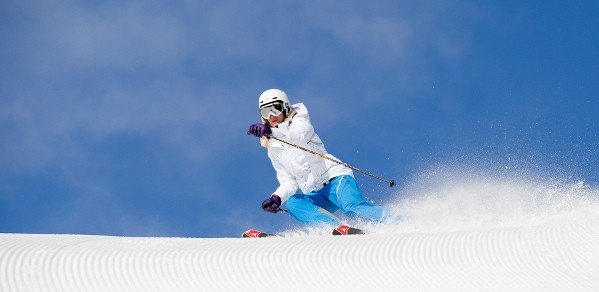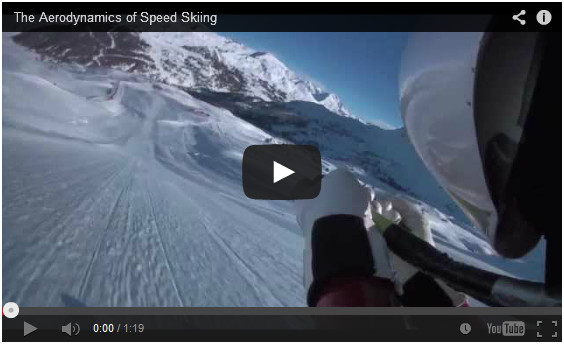
By studying the aerodynamics of speed skiing, Engineering student Robert Sills is developing methods to improve results of the British Speed Ski Team by reducing aerodynamic drag.
In a sport where success is decided by fractions of a second, small adjustments can make the difference between winning and losing.
Robert Sills
Major improvements have come from using data collected in a wind tunnel to change the tuck position skiers adopt during races.
Robert explained: "In a sport where success is decided by fractions of a second, small adjustments can make the difference between winning and losing.
"I've been focusing on changes to a skier's position and equipment using a wind tunnel. I've developed a training tool which allows the skiers to see on a display in front of them their drag in real time. The programme calculates the skier's joint angles and combines this information with their drag to find their optimum position."

The research also focuses on equipment modifications, mainly the shape of a skier's leg fairings (the streamlined shapes fitted around the legs to reduce their drag).These adjustments have reduced the drag of skiers in the wind tunnel by as much as 38 per cent.
Robert added: "Hopefully these changes will give the British team the edge over their competitors in the World Cup final in April."

